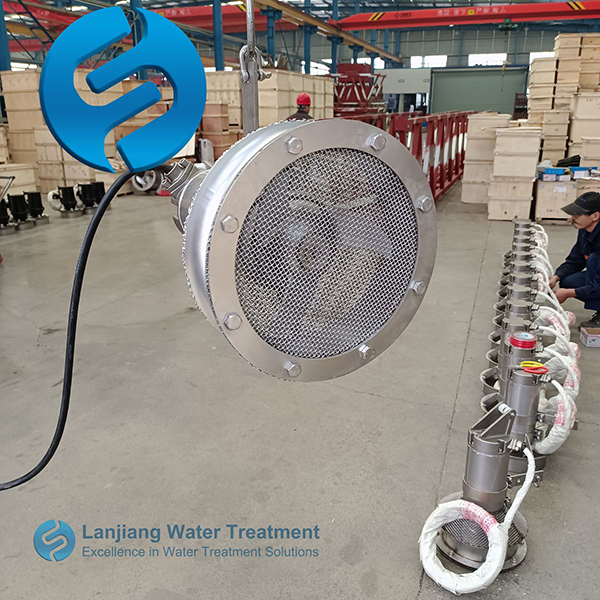Sewage treatment equipment can be divided into the following categories according to its treatment methods and application scenarios:
1. Mechanical processing equipment:
- Grille: used to intercept large solid substances in sewage.
- Sedimentation tank: the suspended matter in the sewage is precipitated by gravity.
- Filter: further remove fine suspended matter and impurities from sewage.

2. Biochemical treatment equipment:
- Activated sludge reactor: use microbial metabolism to remove organic matter.
- Biofilm reactor: microorganisms attach to the carrier to form a biofilm and purify water through biodegradation.
3. Chemical treatment equipment:
- Oxidation tank: removal of harmful substances by chemical oxidation reaction.
- Electrolytic cell: The use of electrolysis to decompose harmful substances in sewage.
- Neutralization tank: Adjust the pH of sewage to achieve neutralization effect.
4. Advanced processing equipment:
- Activated carbon adsorber: The use of activated carbon's high adsorption performance to remove trace pollutants in sewage.
- Disinfection equipment: such as ultraviolet sterilizers or ozone generators, used to kill bacteria and viruses in sewage.
5. Sludge treatment equipment: including sludge discharge equipment, sludge thickening equipment, sludge anaerobic digestion equipment and sludge dehydration and drying equipment, used to treat the sludge generated in the sewage treatment process.
6. Other auxiliary equipment: such as pumps, valves, fans and compressors, etc., which play a role in conveying, controlling and regulating the sewage treatment process.
To sum up, there are many kinds of sewage treatment equipment, and each equipment has its specific function and role. In practical applications, it is necessary to select and combine factors such as the nature of sewage, treatment requirements and treatment scale to achieve the best treatment effect.
Post time:2024-07-02